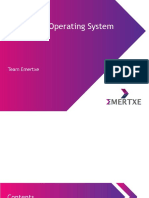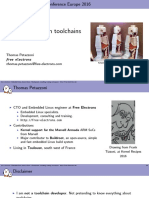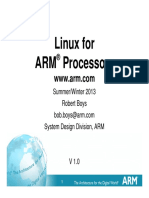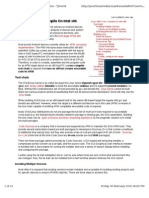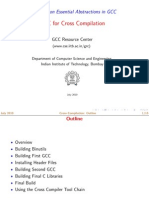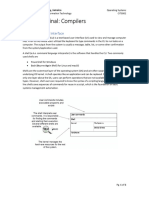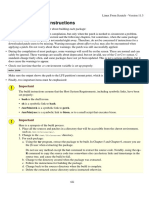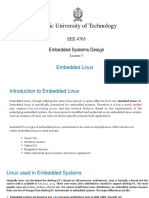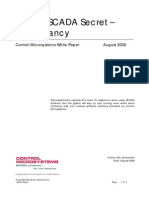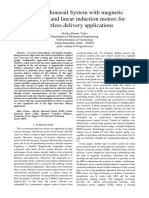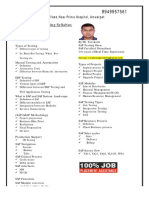0% found this document useful (0 votes)
74 views23 pagesCross-Compiling for Real-Time Systems
This document discusses cross compiling for real-time operating systems and middleware. It covers the kernel, system libraries, static vs shared libraries, embedded development environments, cross compilers, dependencies when building cross compilers, and examples of building an ARM cross compiler.
Uploaded by
Yeasir ArafatCopyright
© © All Rights Reserved
We take content rights seriously. If you suspect this is your content, claim it here.
0% found this document useful (0 votes)
74 views23 pagesCross-Compiling for Real-Time Systems
This document discusses cross compiling for real-time operating systems and middleware. It covers the kernel, system libraries, static vs shared libraries, embedded development environments, cross compilers, dependencies when building cross compilers, and examples of building an ARM cross compiler.
Uploaded by
Yeasir ArafatCopyright
© © All Rights Reserved
We take content rights seriously. If you suspect this is your content, claim it here.
/ 23






